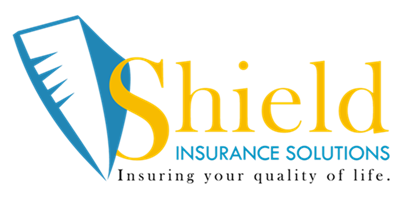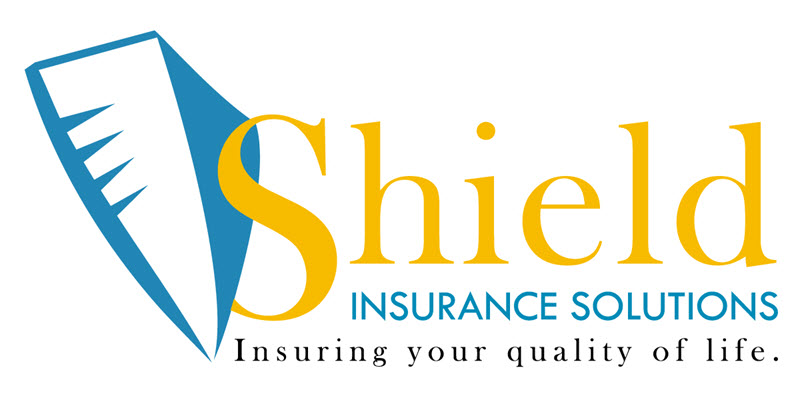
Universal Life Insurance
Each Universal Life insurance policy has two parts; the first part is the cost of insurance. This is the cost of term insurance for the current year of the policy. The second part is the cash value. When you make a payment to your Universal Life policy, the amount you pay that is in excess to the term insurance cost is credited to your cash value. That cash value grows tax free and can be accessed at any time for any reason you choose.
There is one particular type of fixed Universal Life policy that has become the life insurance product most in demand in the United States; the Indexed Universal Life insurance policy.
With the indexed Universal Life policy, the cash value has two growth components; a minimum growth rate and a growth rate pegged to the positive years of an index. The most common index used is the S&P 500. There are other indexes available, but for the sake of brevity we will only use the S&P 500 equity index as an example. The Indexed Universal Life policy is in such demand that it accounts for 38% of the entire life insurance market in 2013.Read More →

